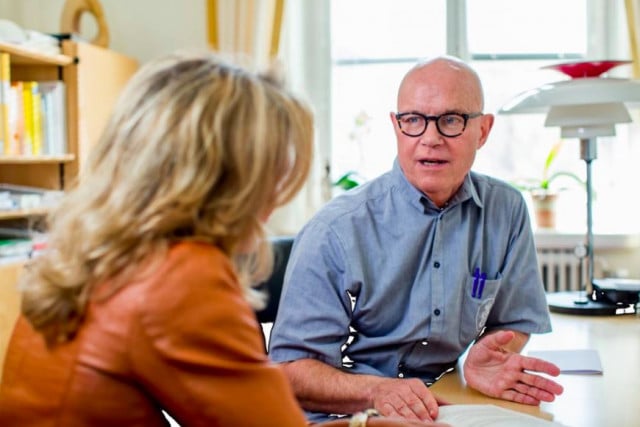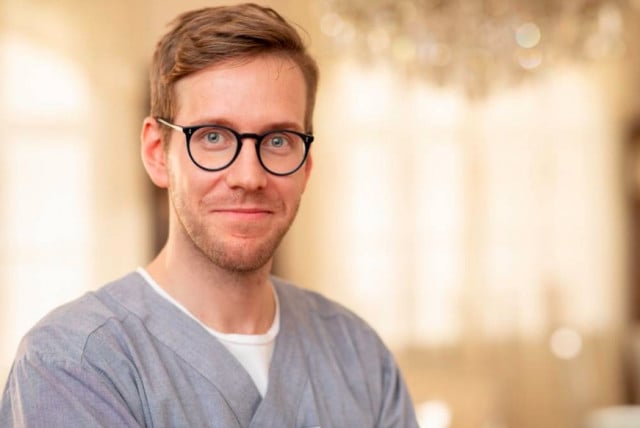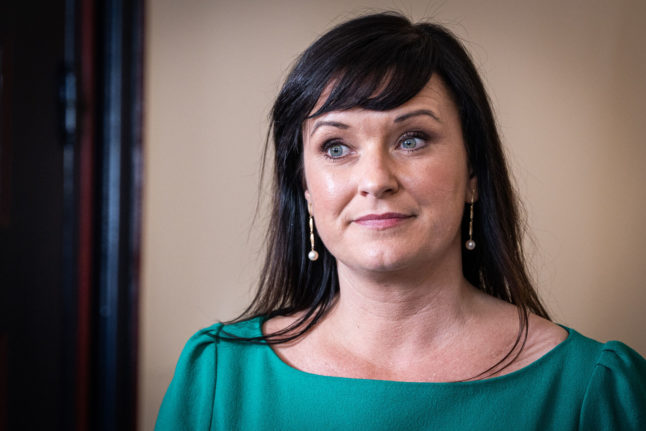There are a few things to get to grips with when you move to Sweden. Skatteverket and Migrationsverket can be a walk in the park compared to figuring out how the healthcare system works.
For expats in Sweden who are used to the continuity of a GP-style service, it can be a culture shock to see a different doctor each time you visit your local vårdcentral (healthcare centre).
While the ambition is for patients to always be treated by the same doctor, the demand on public healthcare often means this isn’t the case.
Continuity of care
At Hälsocentralen in Sophiahemmet, the oldest independently-run hospital in Stockholm, patients always see the same doctor — unless they request otherwise. This continuity creates a better experience for both doctor and patient, believes Hälsocentralen’s Dr. Markus Björkström.
“It becomes easier to evaluate what’s wrong if I know a patient and the status of their health from the beginning,” he told The Local. “From the patient’s side I think it’s better too, they have more confidence in me and what I say.”
Find out more on Hälsocentralen’s website
Privately-funded healthcare has traditionally been a taboo topic in Sweden. Swedes pay high taxes and therefore many see it as only fair that in return the state covers their health. But with doctors in demand and a predicted shortage of medical professionals in coming years, Sweden’s public healthcare service, like many around the world, is under pressure. More patients are beginning to turn to private healthcare if they need to see a doctor urgently or want a single doctor to care for their health.
 Photo: Sophiahemmet Hospital
Photo: Sophiahemmet Hospital
Dr. Björkström explains that patients at Hälsocentralen usually get an appointment on the day or the day after, as well as a longer appointment time. Patients get up to 30 minutes with the doctors, all who speak English, so they can feel confident they’ve been properly examined and heard. For many expat patients, this is reassuringly similar to what they knew ‘back home’.
While Dr. Björkström has every faith in Sweden’s public healthcare system, working himself a day a week in the emergency room, he admits the continuity and longer appointments are a boon for both doctor and patient.
“We can get to know each other. They don’t have to start from the beginning every time, telling the same story,” he says, adding that this helps the doctor to really understand the intricacies of a patient’s file. “There are no distractions during those thirty minutes, I have my time and that time I can give to the patient.”
Depending on the diagnosis, patients are then either treated at Hälsocentralen or referred on to a specialist. Many chronic diseases, such as diabetes or hypertension, can be treated without needing to send a patient elsewhere. Even minor surgeries for ailments like skin lesions can be handled entirely onsite.
Preventative care
As well as its GP service, Hälsocentralen offers a regular healthcare assessment, a preventative service available annually or every other year that isn’t offered by the public healthcare system.
The initial appointment involves a number of tests carried out by a registered nurse to detect health risks like high blood pressure, elevated blood glucose and stress. This is followed by a physical examination with a GP who also runs through any test results. Depending on the outcome, the patient can then be seen by a nurse at Hälsocentralen’s Health Advice Centre, who can advise them how to manage their health.
Find out more on Hälsocentralen’s website
This yearly touchpoint maintains the patient-doctor relationship in-between GP appointments as well as “finding some illnesses early”, explains Dr. Björkström.
There’s an additional layer of trust that all of Hälsocentralen’s doctors are senior with many who have thirty or forty years of experience.
“I think I’m the most junior here and I have at least ten years of experience working in medicine!” says Dr. Björkström.
The question is: as a Swede himself, does Dr. Björkström believe that private healthcare is worth it?
“It can be, absolutely. Health is a really important matter. And I think you get a lot of value for your money because of what we can offer here.”
This article was produced by The Local Creative Studio and sponsored by Sophiahemmet.



 Please whitelist us to continue reading.
Please whitelist us to continue reading.